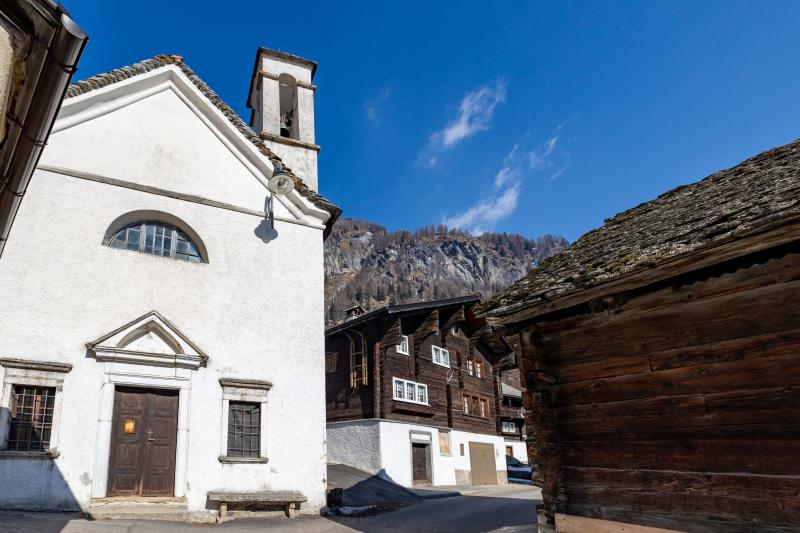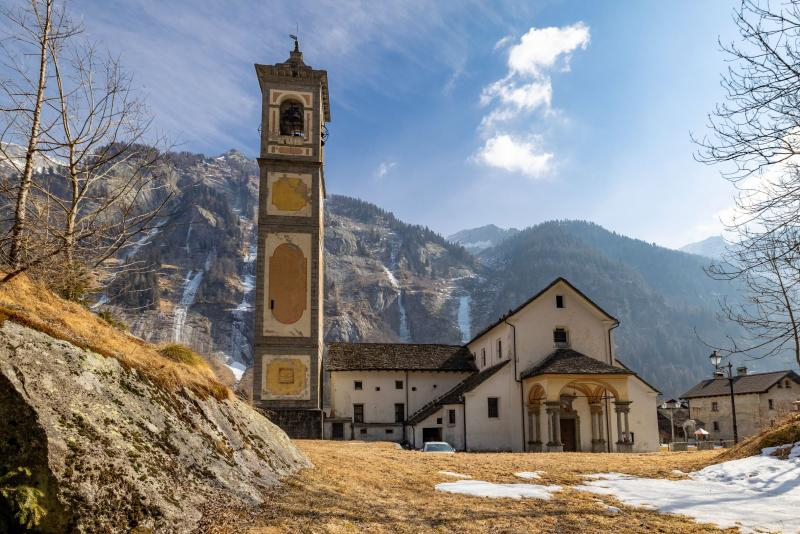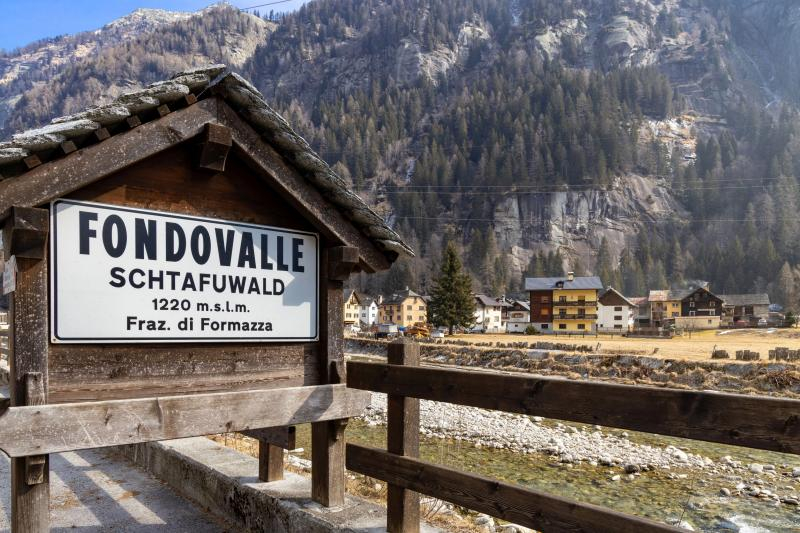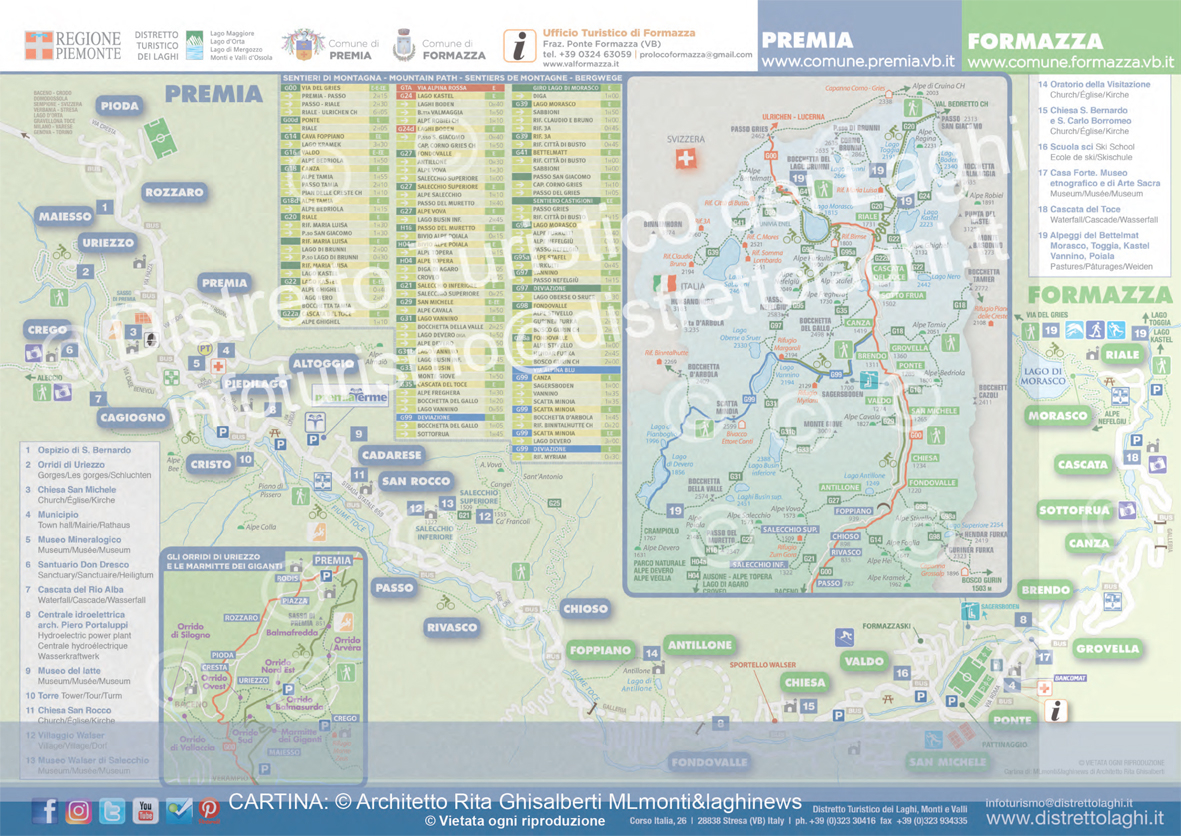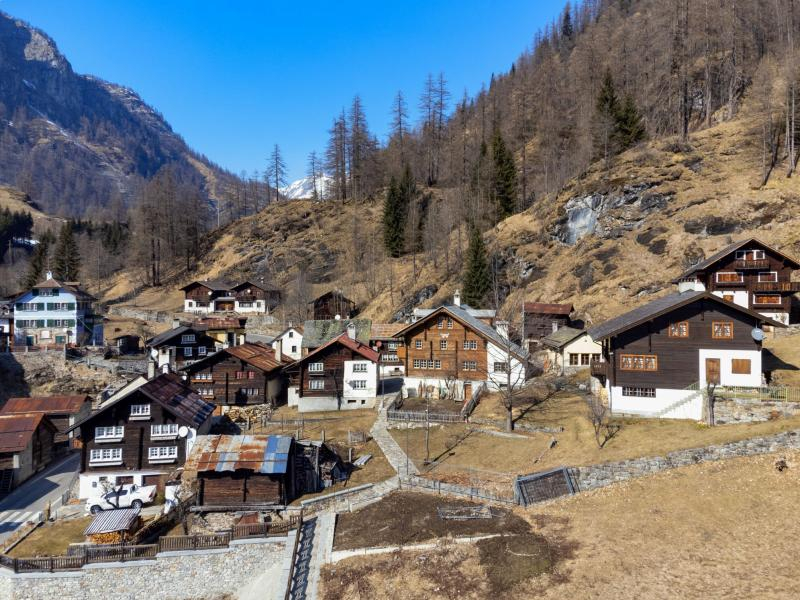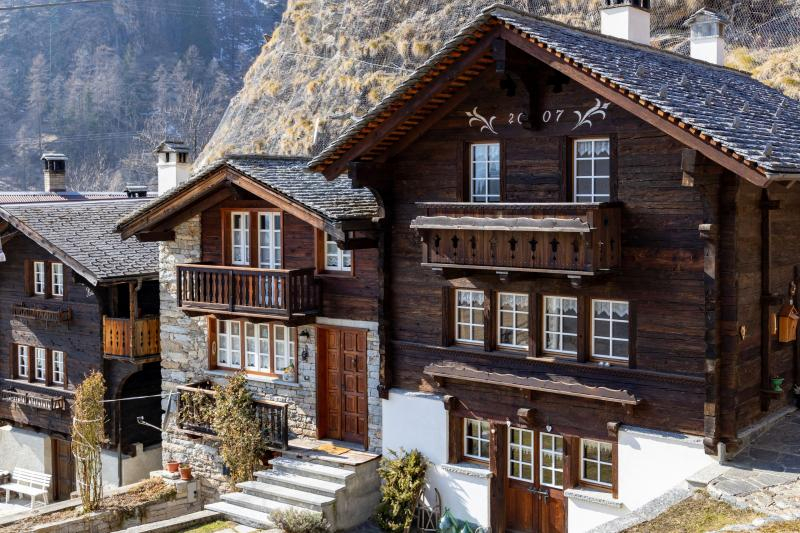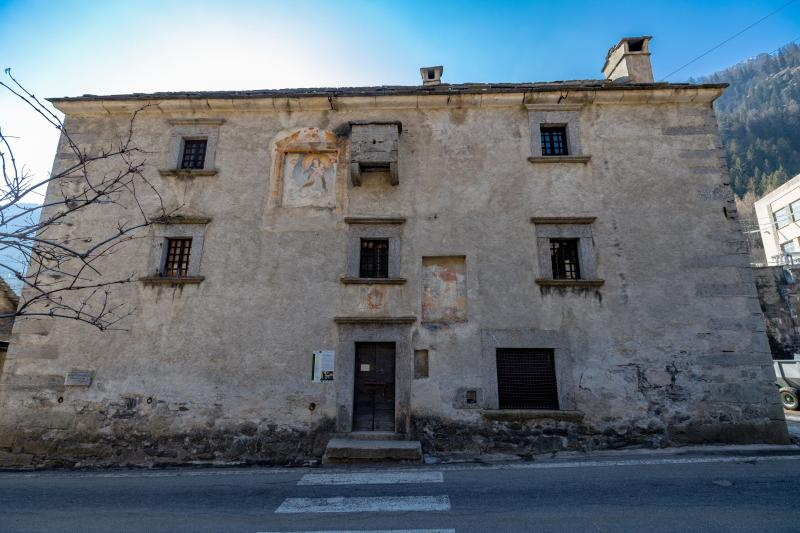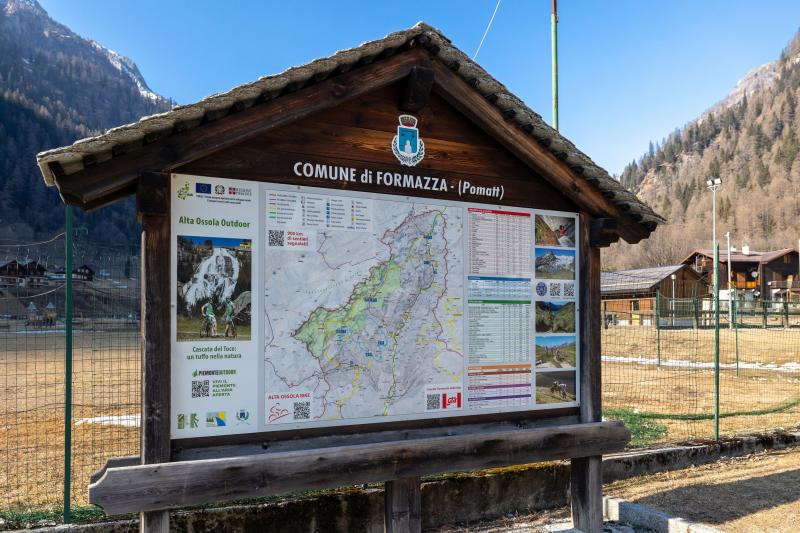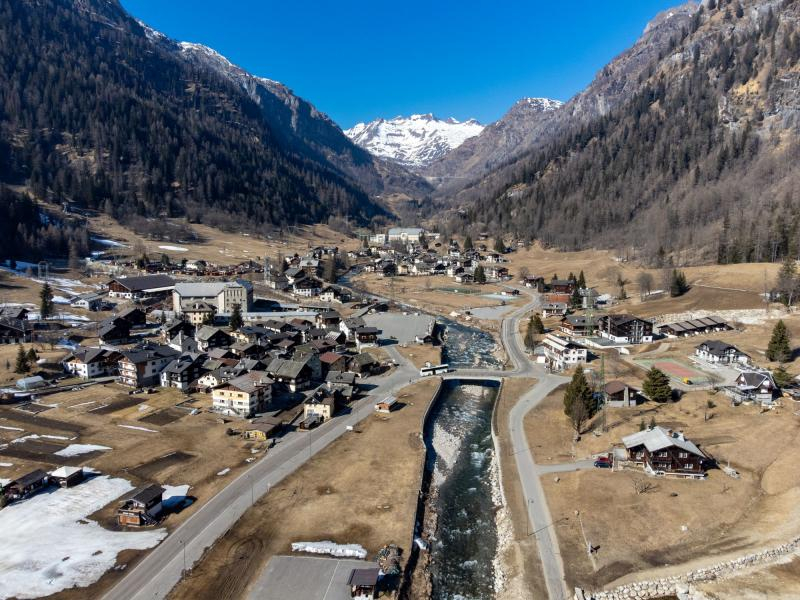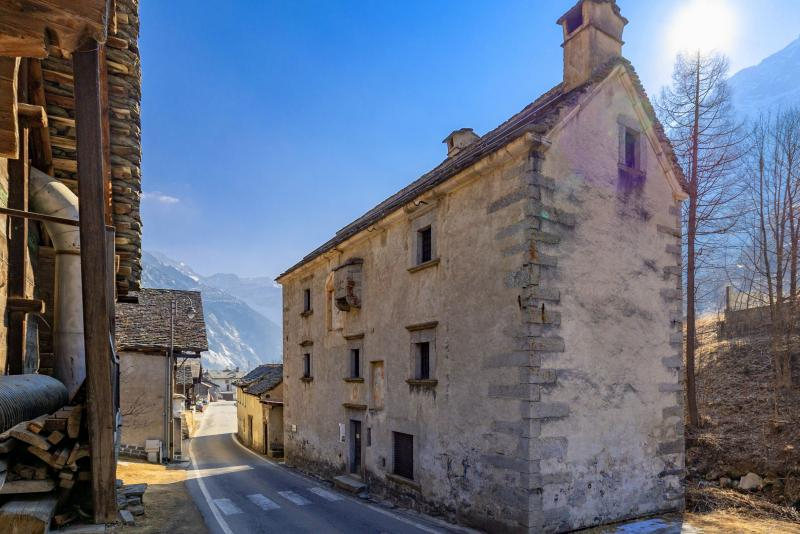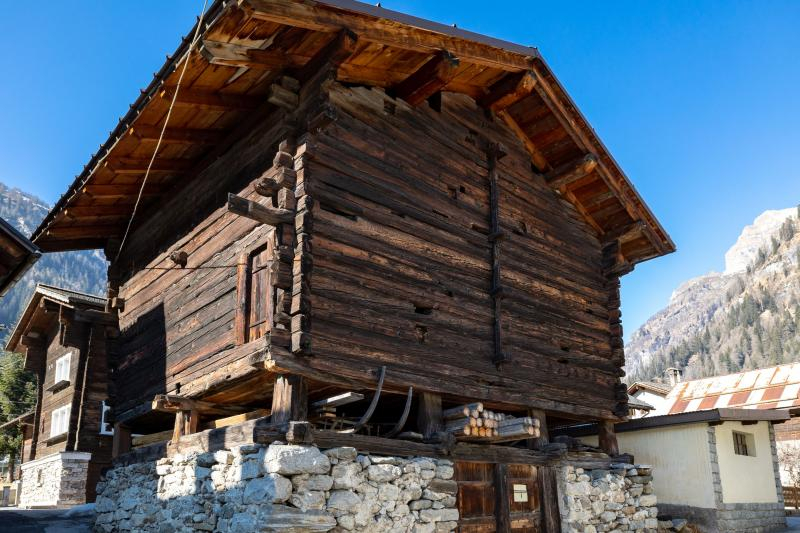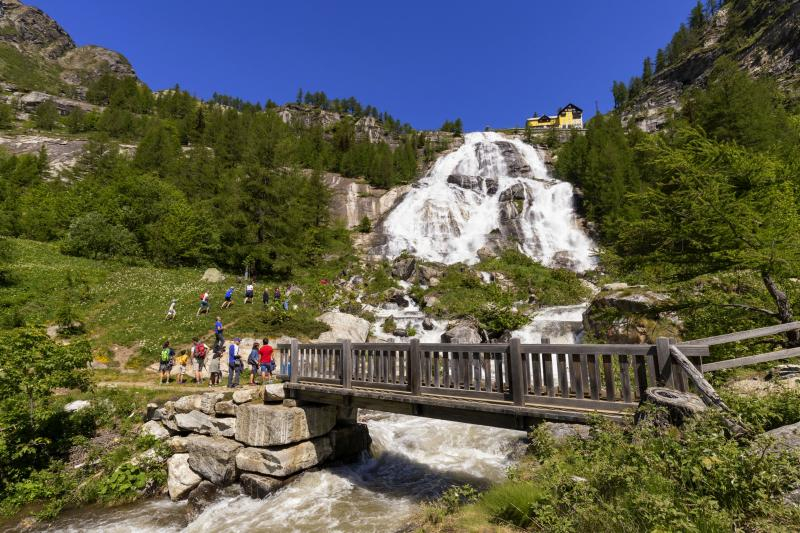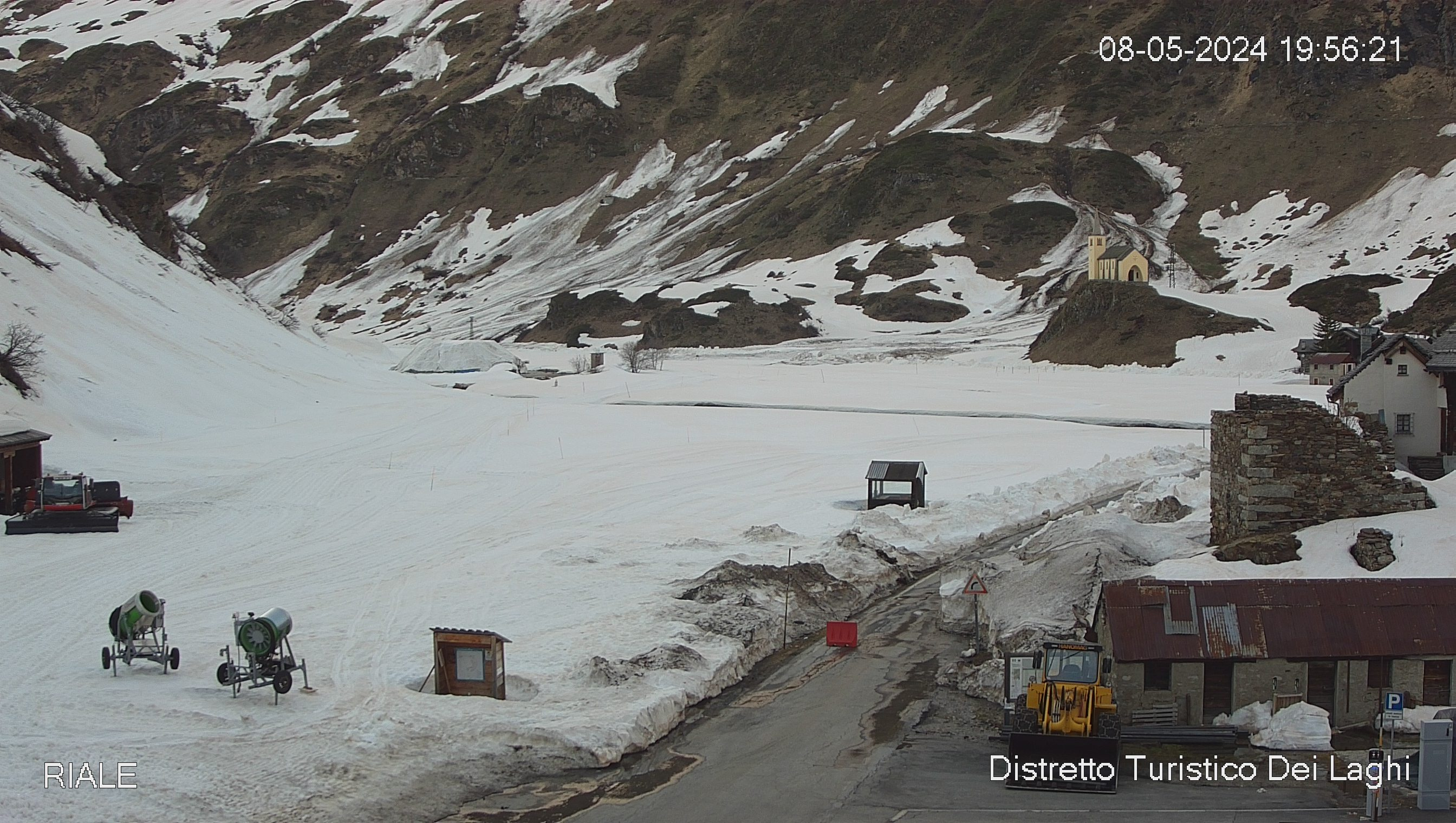Formazza - Small town of excellence
Recognitions
Walser Village
Altitude
1.280 a.s.l.
Patron Saint
15 June, San Bernardo
Market Day
Thursday, Fraz. Valdo - Seasonal 01/06 - 30/09
Tourist Information
www.valformazza.it
THE VILLAGE: CHEST OF CULTURE, TRADITIONS AND NATURE
The Formazza Valley, the northernmost tip of Piedmont, is a naturalistic treasure where rock faces and vast lands alternate with fairy-tale lakes and forests of beech, birch and conifer trees. Here, in the Lepontine Alps, the peaks of the Blindenhorn (3371 m), the Punta d'Arbola (3236 m) and the Basodino (3275 m) dominate. A short distance away is the beautiful Veglia Devero Nature Park, the "little Canada of Piedmont". Among these mountains, the Formazza Valley was once home to the alpine pastures of the De Rodis fiefdom, lords of the nearby Antigorio Valley. The first Walser settlers immigrated here from Goms in the upper Valais over the Gries Pass between the end of the 12th and the beginning of the 13th century. Thanks to the brotherhood that still exists between the people on both sides of the border, the Via del Gries, which for centuries allowed trade between Milan and Bern, has recently become the "Sbrinz Route", which in seven stages from Lucerne to Domodossola allows people to rediscover the emotion of walking through history at a slow pace. Every summer, as a commemoration, the route is travelled by a folkloristic caravan of mules and goods coming from Switzerland; at various points in the Formazza Valley one can admire its passage, while the Walser delegation of the capital Formazza welcomes it to the sound of accordions, with greetings from the authorities, dancing and celebrations. Formazza is a widespread village that, with its pretty hamlets with the typical Titsch name (local Walser idiom), stretches out along the entire valley. Riale (1718 m), the northernmost hamlet in Piedmont, is the oldest Walser settlement on the border with Goms, the land of origin of this people. In Riale, the Walser atmosphere can be experienced among the stone and wood huts, surrounded by the Alpine arc and, a little further up, Lake Morasco. This is where the Associazione Musei d'Ossola (Ossola Museum Association) has set up the Ski Museum, inaugurated for the centenary of the glorious Formazza Ski Club, one of the oldest in the history of the Alps. A small village, Riale, with record-breaking characteristics also for its cross-country skiing ring: of a high technical level, it is considered among the best in the region for the preparation of national and Olympic teams. Just before Riale, in Frua, a great roar signals the presence of the Toce Waterfall, one of the most imposing and powerful waterfalls in Europe. From June to September, when the waterfall opens, you can admire it in all its majestic beauty: 143 metres high with a maximum front at the base of 60 metres. In July and September, Formazza’s resorts become the setting for the BUT Bettelmatt Ultra Trail, a popular race with three different running routes in the high mountains, with gradients, climbs and descents for real trail runners! Alpine skiers in the hamlet of Valdo can use the ski lifts to enjoy easy downhill runs, while more experienced skiers choose the "champion's run" of Sagersboden, served by a convenient chairlift in the hamlet of Ponte. Here you will find the Casa Forte (Schtei Hüs), a historic building (16th century) now used as a museum (Musei d'Ossola network) housing a valuable collection of wooden statues from the German school of the 15th-16th centuries. Pomattertag is also held in Ponte in August: a Walser festival par excellence, dedicated to the traditions and customs of the Swiss settlers who, thanks to sheep farming and agriculture, were able to adapt to the strict rules of life in the high mountains. The hamlet of San Michele is known for another beautiful cross-country ski run, which winds its way along the lower part of the valley. Those who climb up to Formazza from Domodossola finally reach the hamlet of Foppiano, where a 3 km long helical tunnel allows them to gently climb the Casse step to reach the plateau above.
Typical food and wine
Bettelmatt is the most prized product of Ossola's cheese-making culture. It is made in a limited number of wheels during the summer, in only seven high mountain pastures in the Antigorio and Formazza valleys. Here, the Bruna Alpina cows feed on a very rare herb called "mottolina", which gives the milk a special aroma. This is why it is considered one of the most extraordinary Alpine pasture cheeses in the whole of the Alps.
The typical Walser Häpfla potato is grown on small plots of land high up in the mountains, giving it a unique flavour. The Walser Häpfla Fest, which takes place in September as part of the Ossola Festivals, promotes this product of the Formosa farming tradition and enhances it with unmissable gastronomic preparations, such as Walser potato gnocchi prepared by hand with dedication by the women of the valley.
Hospitality
www.distrettolaghi.it/ospitalita
Trekking Routes
Recommended Treks: Formazza Valley: RIALE AND LAKE MORASCO and Historic Mountain Roads: From Toce Waterfall to Passo San Giacomo
Bike Routes
Recommended Bike Routes: Toce Route with MTB
Accessibility
The main visitor routes in Formazza - the Toce Waterfall with the "A Waterfall for All" route and the village of Riale - are accessible for people with reduced mobility thanks to their even ground and low gradient. To reach the Morasco dam, starting point for the beautiful tour of the lake of the same name, there is an uphill stretch and a dirt road, so the presence of a guide is recommended.
Recommended "For all" path: Ossola Valleys - ANTIGORIO VALLEY, FORMAZZA VALLEY AND ALPE DEVERO
Handicrafts
This strip of land wedged in the Alps offers medicinal herbs that the skilful hands of the women of the Erba Böna Consortium work according to three simple rules: love for the mountains, promotion of local culture and respect for the environment. Yarrow, Calendula, Echinacea, Leontopodium Alpinum, Artemisia, Hypericum, Lavender, Mallow, Mentha Piperita and Gentian are just some of the species that grow in small fields from the Formazza Valley to Lake Maggiore. They are cultivated according to Good Agricultural Practice and organic farming standards. The artisanal products made in the small workshop of Verampio di Crodo - herbal teas, bitters, candies, creams and soaps - contain only local herbs. From the Formazzini fields come the Edelweiss Face Cream, Gentian Crystals bon bons and the Jäntznärbèttäri bitter, made according to the typical Walser recipe with gentian roots infused in Munaloss Ossola wine.
Archivio Fotografico Distretto Turistico dei Laghi
Foto di Marco Benedetto Cerini
